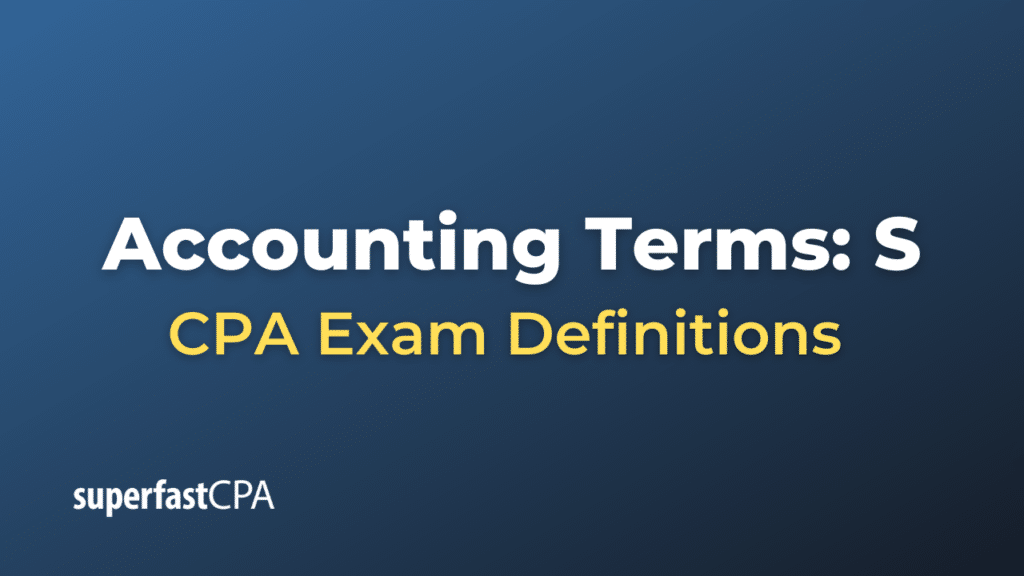Accounting Terms: S
S Corporation, Advantages and Disadvantages
Sales Tax, Expense or Liability
Sales to Working Capital Ratio
Schedule Internal Audits Based on Risk
Schedule of Accounts Receivable
Schedule of Expected Cash Collections
Securities and Exchange Commission (SEC)
Sell or Process Further Decision
Selling and Administrative Expense Budget
Selling, General, and Administrative Expense
Service Organizations: Significance
Service Organizations: SOC 1 vs SOC 2
Service Organizations: Use of SOC 1 Type 2 Report
Sinking Fund Method of Depreciation
Small Business Debt Collection
Sole Proprietorship Accounting
Sole Proprietorship Advantages and Disadvantages
Special Purpose Financial Statement
Specific Identification Method
Standardize the Chart of Accounts
State Unemployment Insurance Reduction
Statement of Changes in Equity
Statement of Comprehensive Income
Statement of Financial Position
Statement of Functional Expenses
Statement of Retained Earnings
Statement of Shareholders’ Equity
Statements of Financial Accounting Concepts
Statements of Financial Accounting Standards
Statements on Auditing Standards
Steps in the Accounting Process
Sufficient Appropriate Audit Evidence
Sum of the Years Digits Depreciation
Summary of Significant Accounting Policies













